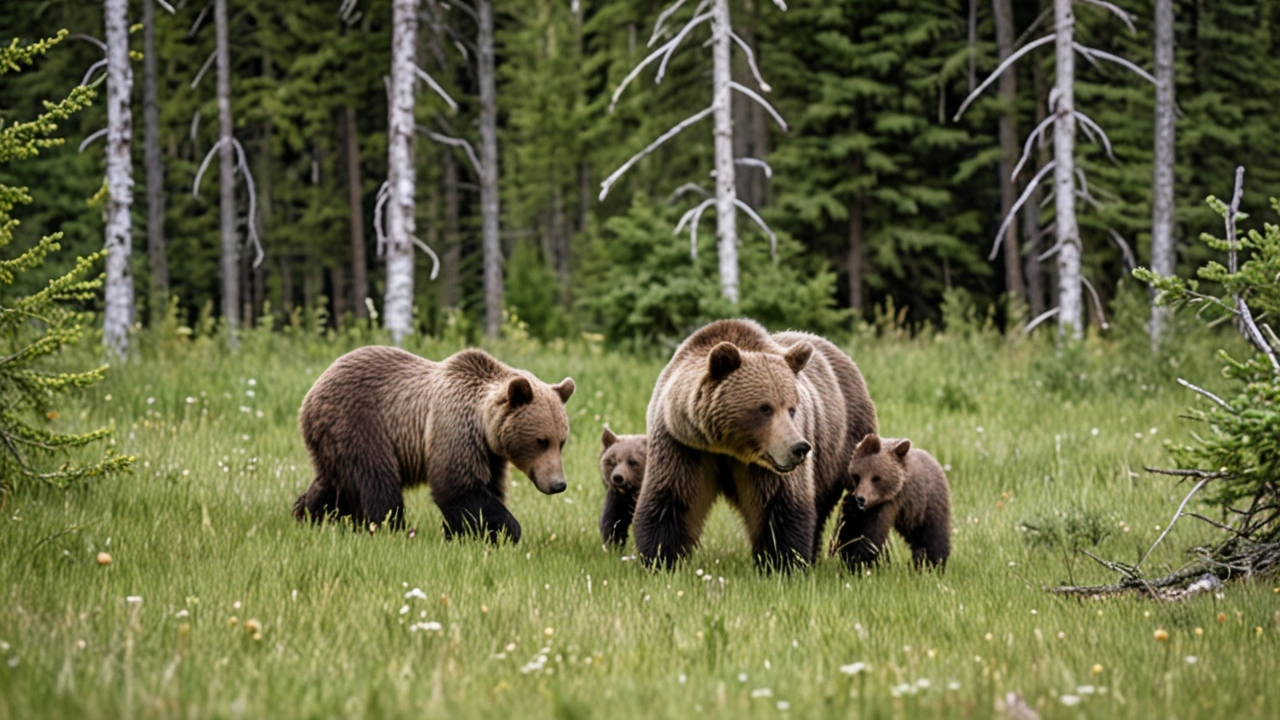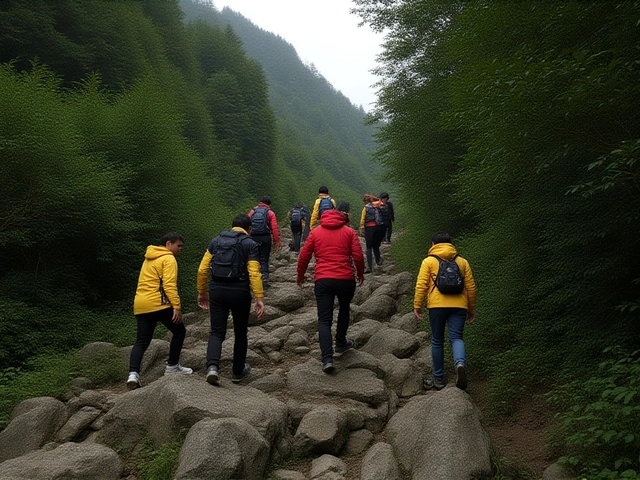Grizzly Bear: What You Should Know
Grizzly bears stand out as one of North America’s most iconic wild animals. Known for their massive size and power, these bears often capture both fear and fascination. But what really defines a grizzly? They’re a subspecies of brown bear, usually found in parts of Canada, Alaska, and the northwestern United States.
Grizzlies are more than just big and tough. They have sharp claws, keen senses, and a diet that changes with the seasons — from berries and roots to fish and small mammals. This adaptability is one reason they survive in such harsh environments. Their role in the ecosystem is huge too, helping keep nature balanced.
Why Are Grizzlies Important?
It’s not just about their strength or legendary status. Grizzly bears influence the environment by spreading seeds through their droppings and controlling prey populations. Plus, they’re a key part of the food chain, supporting other animals indirectly. Their health also signals the state of the habitat they live in, making them an important species for conservation efforts.
Keeping Up with Grizzly Bear News
Wildlife updates often highlight issues affecting grizzly bears, like habitat loss, climate change, and human interactions. Knowing the latest helps people understand what’s happening on the ground and supports efforts to protect these animals. Whether it’s new sightings, research findings, or government policies, staying informed is the first step toward making a difference. Ground Report Testing provides fresh and easy-to-understand news, so you’re never out of the loop on grizzly bear stories.
Whether you’re curious about where grizzlies roam or how they live day-to-day, the right info makes all the difference. These bears are more than just a wild spectacle — they’re a vital part of our natural world.









